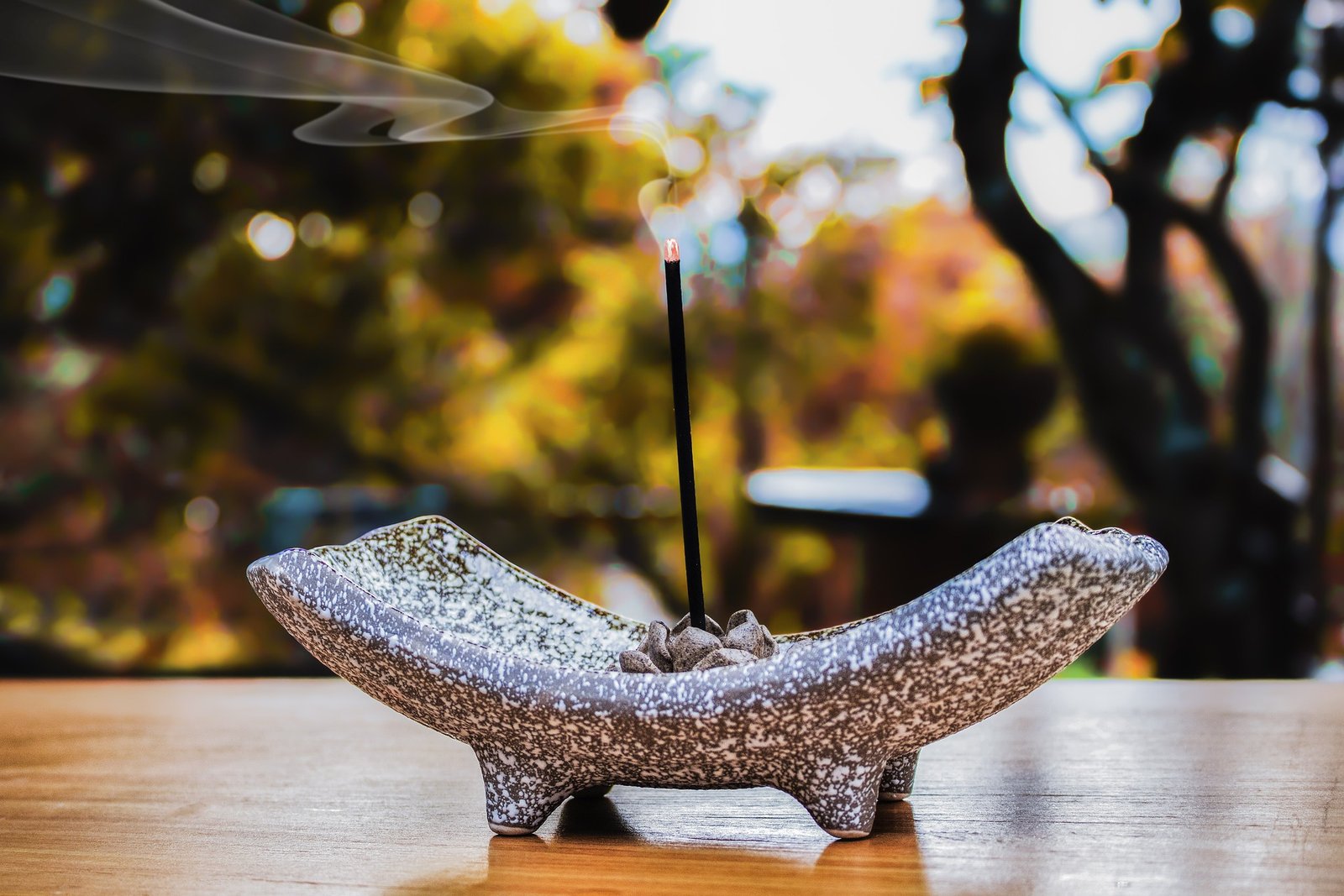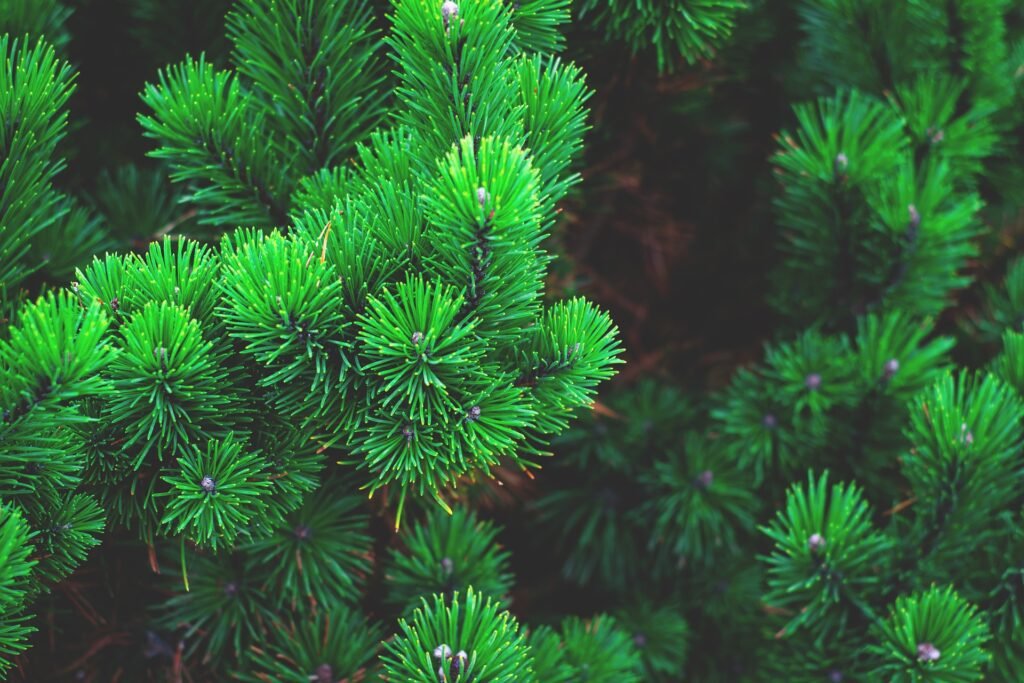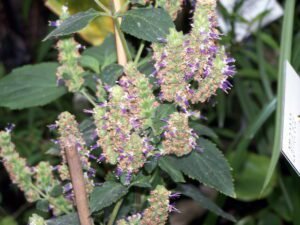Introduction
Pine incense uniquely stands out in the diverse aromatic landscape. Its captivating scent and numerous benefits have made it a cultural staple for centuries. In this guide, we will navigate through everything pine incense has to offer—from its rich history and aromatic profile to its myriad uses and benefits. Whether you’re an incense novice or a seasoned aficionado, this article aims to become your ultimate resource for all things pine incense.

Table of Contents
What is Pine Incense?
Let’s get straight to it: pine incense isn’t just another air freshener or mood booster. It primarily consists of fragrant resin harvested from pine trees. Manufacturers often mix this resin with other natural ingredients to produce a distinct, woody aroma when burned. In technical lingo, pine incense combines pine resin—a sticky organic substance from pine trees—with a base of wooden powder or charcoal. This mixture then takes various forms, such as sticks, cones, or even candles, for easy burning.
Components
Pine Resin
Pine resin undoubtedly steals the spotlight. Harvested directly from pine trees, it forms the backbone of pine incense. Rich in terpenes, which give the characteristic pine scent, this resin defines the unique aromatic profile of pine incense.
Additional Ingredients
Pine resin rarely goes solo. Manufacturers often add extra elements like essential oils, herbs, and spices to amplify the fragrance and improve burning qualities. For example, some versions may include lavender for calmness or cinnamon for a spicy undertone. These extra ingredients not only diversify the scent but also affect how long the incense burns and how much smoke it produces.
The Benefits of Pine Incense

Spiritual Benefits
When it comes to spiritual enrichment, pine incense is more than just a pleasant aroma; it’s a catalyst for deeper connection and awareness. Many people use it as a focal point during meditation, finding that its grounding scent helps to quiet the mind and deepen focus. The woody, earthy notes can serve as a reminder of our connection to nature, encouraging a sense of peace and tranquility.
Meditation
In the realm of meditation, pine incense has proven itself invaluable. The scent acts as an anchor, helping you to center your thoughts and enter a state of deeper concentration. Whether you’re a seasoned meditator or a beginner, incorporating pine incense into your practice can enhance the quality of your meditation sessions.
Energy Cleansing
Beyond meditation, pine incense is often used in rituals aimed at cleansing energy in a space. Its purifying qualities make it a popular choice for smudging ceremonies, where the smoke is used to clear negative energy from a room. In this context, the incense serves as more than just a fragrance; it becomes an active participant in spiritual rituals.
Psychological Benefits
But the benefits of pine incense aren’t limited to spiritual realms; they extend into the psychological as well. The scent has a remarkable ability to reduce stress and anxiety, creating an environment conducive to relaxation and mental clarity.
Stress Reduction
The calming effects of pine incense on the mind are well-documented. Its soothing aroma can act as a natural stress reliever, helping to reduce tension and promote a sense of well-being. In today’s fast-paced world, who couldn’t use a little more calm?
Mood Enhancement
Beyond stress reduction, the uplifting qualities of pine incense can also improve your mood. The scent stimulates the release of endorphins, creating a natural high that can elevate your spirits and provide a sense of happiness and contentment.
Physical Benefits
The advantages of pine incense even extend to the physical realm. While it’s not a substitute for medical treatment, its properties can offer some tangible health benefits.
Air Purification
Believe it or not, the smoke from pine incense has air-purifying qualities. It can act as a natural deodorizer, neutralizing odors and creating a fresher living space. Some studies even suggest that it has mild antibacterial properties, although more research is needed to confirm this.
Respiratory Benefits
The compounds in pine incense have been found to have potential benefits for the respiratory system. While you should always consult a healthcare provider for medical advice, some people find that the incense can help relieve symptoms of congestion and improve breathing.
Practical Benefits
Odor Elimination
Tired of synthetic air fresheners? Pine incense offers a natural alternative for eliminating odors. Whether you’re dealing with pet smells or cooking odors, a stick or cone of pine incense can refresh your living space without the use of chemicals.
Insect Repellent
As an added bonus, the scent of pine incense can act as a natural insect repellent. While it may not replace your standard bug spray, it can certainly help to keep smaller pests at bay, making it a practical choice for outdoor gatherings.
Types of Pine Incense
Sticks
Sticks represent the most common and user-friendly form of pine incense. These thin wooden sticks come coated with a blend of pine resin and other ingredients. To use, simply light one end, let it burn briefly, and then blow out the flame, allowing the stick to smolder and release its aroma.
Cones
If you prefer a more concentrated scent, cones are your go-to. Shaped like small pyramids, they consist of the same ingredients as stick incense but in a denser form. Due to their shape, cones burn faster but emit a stronger aroma.
Resin
For those who seek authenticity, raw pine resin incense offers the most genuine experience. You burn actual resin chunks on a charcoal disk in this traditional method. While it provides the most authentic pine scent, be prepared to invest in extra equipment like a resin burner.

The History of Pine Incense
Origins
Pine incense didn’t just appear out of thin air; it has roots that dig deep into ancient civilizations. Imagine walking through the corridors of an Egyptian temple thousands of years ago. The air is thick with various scents, but the woody aroma of pine stands out. Yes, even the ancient Egyptians, along with other civilizations like the Chinese and Indians, recognized the unique qualities of pine incense.
In these ancient societies, pine incense often held symbolic meanings. For example, in Chinese culture, it symbolized longevity and immortality, while in Native American traditions, it was used for purification and cleansing rituals.
Evolution Over Time
Fast forward to the Middle Ages, and you’ll find that pine incense underwent significant transformations. Monasteries became centers for incense production, and pine incense started to gain religious significance. It was no longer just an aromatic substance; it became a tool for spiritual elevation.
As we move into the modern era, the production methods have become more refined, but the essence remains the same. Today, pine incense is not just a historical artifact but a living tradition, continually evolving yet staying true to its roots.
Historical Uses
Religious Ceremonies
From ancient temples to modern churches, pine incense has been a constant companion in religious ceremonies. It’s not just about the scent; it’s about creating an atmosphere that elevates the spiritual experience. In Christian liturgy, for example, pine incense is often used during Advent and Christmas seasons to symbolize the anticipation and joy of the birth of Christ.
Medicinal Uses
Let’s not overlook the medicinal roles that pine incense has played throughout history. In traditional medicine, particularly in cultures like Ayurveda, pine incense was believed to have healing properties. It was used to treat various ailments, from respiratory issues to mental fatigue. While modern science is still exploring these claims, the historical usage adds another layer to the rich tapestry of pine incense’s significance.

The Aromatic Profile of Pine Incense
Primary Notes
When it comes to the aromatic profile of pine incense, the experience is nothing short of transformative. The moment you light a stick or cone, the air fills with a dominant woody scent that is both grounding and invigorating. This woody note is the essence of pine, reminiscent of a walk through a dense forest, where the aroma of pine needles and bark fills the air.
But that’s not all. Accompanying the woody scent, you’ll often detect earthy undertones. These add depth to the fragrance, making it complex and multi-dimensional. It’s this combination of woody and earthy notes that defines the primary aromatic profile of pine incense.
Secondary Notes
While the woody and earthy notes are the stars of the show, they’re often supported by a cast of secondary notes that add nuance and complexity. Some varieties of pine incense include subtle spicy notes, adding a warm, invigorating layer to the scent. Others might offer a hint of citrus, lending a light, uplifting quality that balances the heavier woody tones.
Scent Strength
The potency of pine incense can vary widely, ranging from mild to strong. Some people prefer a softer, more subtle aroma that gently fills a room, while others seek a more robust scent that makes a bold statement. Regardless of your preference, it’s important to note that the scent’s strength can also influence its longevity. Stronger scents tend to linger longer, creating a lasting aromatic experience.
Pairing with Other Scents
If you’re an aromatic adventurer, you might be interested in pairing pine incense with other fragrances. Pine pairs exceptionally well with complementary scents like cedar, sandalwood, and frankincense. These combinations can create a harmonious olfactory experience that elevates the individual qualities of each scent.
However, be cautious when pairing pine with floral or overly sweet scents, as these can clash and create an unbalanced aroma. The key is to experiment and find combinations that resonate with your personal preferences.
Conclusion
As we wrap up this comprehensive guide, it’s clear that pine incense is more than just a fragrant substance; it’s a versatile tool with a rich history and a plethora of benefits for mind, body, and spirit. From its ancient origins and complex aromatic profile to its wide-ranging uses and benefits, pine incense offers something for everyone.
Whether you’re looking to deepen your meditation practice, elevate your mood, or simply enjoy a natural, refreshing aroma, pine incense stands as a timeless and multifaceted option. Its rich, woody scent can transport you to ancient temples or deep forests, all while sitting in the comfort of your home.
So, if you haven’t yet experienced the magic of pine incense, there’s no better time than now to start. Light a stick, take a deep breath, and let the transformative power of its aroma enrich your life in ways you never imagined.
Frequently Asked Questions (FAQ)
What is Pine Incense Made Of?
Pine incense primarily consists of pine resin, a natural substance harvested from pine trees. This resin is often mixed with other ingredients like essential oils, herbs, and spices to create a complex and satisfying aroma.
Is Pine Incense Safe to Use?
Yes, pine incense is generally safe to use, but it’s important to follow proper burning techniques and ensure good ventilation. Always keep it out of reach of children and pets, and never leave burning incense unattended.
How Strong is the Scent of Pine Incense?
The strength of pine incense can vary depending on the brand and type. Some offer a mild, subtle aroma, while others provide a more potent scent. The strength also influences how long the aroma will linger in the air.
Can I Make Pine Incense at Home?
While making pine incense at home is possible, it requires specific ingredients like pine resin and a base material, as well as some expertise in blending and shaping the incense. If you’re interested, there are many DIY guides available to help you get started.





